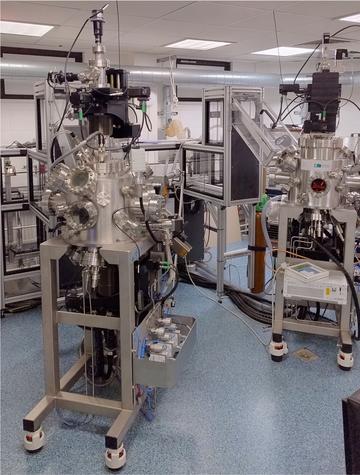
Superconducting materials hold great promise for a range of quantum technologies owing to their inherently low dissipation and the ability to exploit their unique physics at junctions with non-superconducting materials to make qubits. Typically, superconducting quantum devices are fabricated using aluminium technology because it is possible to relatively easy to control the growth of a uniform aluminium oxide layer to act as the tunnel junction. However, aluminium is a relatively poor superconductor, with a critical temperature of around 2 Kelvin, and there are limitations in terms of the quality of the aluminium oxide layer. This collaborative project with Oxford Instruments Plasma Technology will explore the potential of a variety of other superconducting materials such as (Nb,Ti)N that can be grown in the form of thin films by complementary physical vapour deposition (Oxford Materials) and atomic layer deposition (Oxford Instruments). The research project will involve the growth and characterisation of superconducting films to assess how chemistry and microstructure correlate with superconducting properties, and performance in quantum devices (Oxford Physics). By improving understanding of what materials parameters ultimately control device performance, the aim is to be able to assess the potential of different superconducting materials and growth conditions without the need for fabricating complex devices and testing them at millikelvin temperatures.